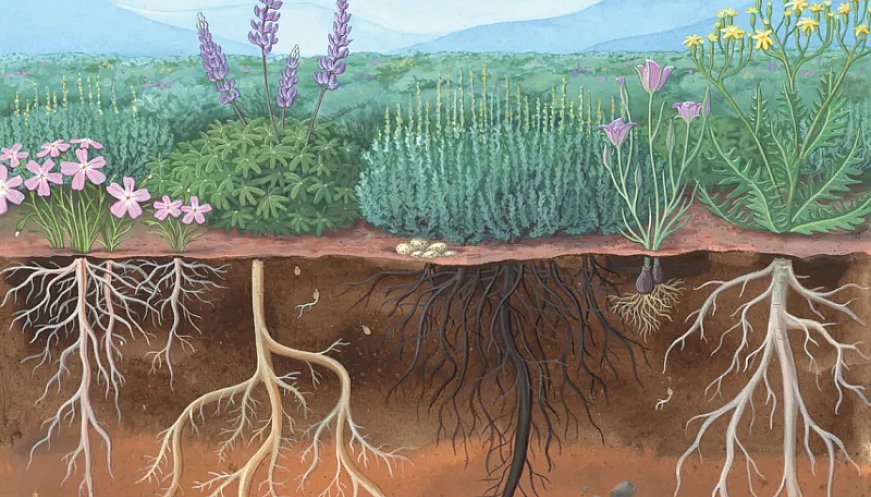 Photo: Alex Boersma | High Country News
Photo: Alex Boersma | High Country News
In 2000, after third-generation Oregon farmer Sam Lea converted his onion field back into wetlands, native crops that had grown around Lake Labish up until the 1900s began to return, including wapato, a traditional food for Pacific Northwest Indigenous peoples. While farmers had drained the lake and planted crops, seeds, roots, buds and bulbs can survive for decades until conditions are just right to reappear. Other examples of such natural regeneration include the Yakama Nation's transformation of a 400-plus-acre barley and wheat field back into wetlands once scientists recreated the water flow through the floodplain, and the Stillaguamish Tribe of Indians restoration of an 88-acre estuary by excavating tidal channels, allowing water to naturally revegetate the marsh.
More:














